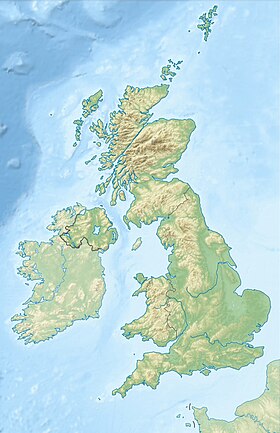Blackburn Meadows power station
| Blackburn Meadows power station | |
|---|---|
| Official name | Blackburn Meadows power station |
| Country | England, United Kingdom |
| Location | Sheffield, South Yorkshire |
| Coordinates | 53°25′05″N 1°24′17″W / 53.418109°N 1.404847°WCoordinates: 53°25′05″N 1°24′17″W / 53.418109°N 1.404847°W |
| Status | Operational |
| Construction began | 2011 |
| Commission date | 2014 |
| Owner(s) | E.ON UK |
| Operator(s) | E.ON UK |
| Thermal power station | |
| Primary fuel | Biomass |
| Power generation | |
| Nameplate capacity | 30 MW |
|
Website www.eonenergy.com |
|
| Blackburn Meadows power station (1921–1980) | |
|---|---|

The cooling towers of the old coal-fired power station standing before their demolition.
|
|
| Country | United Kingdom |
| Coordinates | 53°25′05″N 1°24′17″W / 53.4181°N 1.4048°WCoordinates: 53°25′05″N 1°24′17″W / 53.4181°N 1.4048°W |
| Commission date | 1921 |
| Decommission date | 1980 |
| Thermal power station | |
| Primary fuel | Coal |
| Power generation | |
| Nameplate capacity | 72 MW |
Blackburn Meadows power station is a biomass power station situated at Blackburn Meadows on the River Don, between Sheffield and Rotherham in South Yorkshire, England. Operated by E.ON UK, it was opened in 2014 and has an operating capacity of 30 megawatts.
The biomass plant was built on the site of a former coal-fired power station which closed in 1980. The coal power station on the site was most well known for its two cooling towers, which remained standing for nearly thirty years after closure, forming a landmark along the M1 motorway in Sheffield and coming to be known as the Tinsley Towers, after the district of the city in which they are located. They were demolished by controlled explosion on 24 August 2008.
The first power station on the site was built in 1921 by the Sheffield Corporation, to support the steel industry in the Lower Don Valley. The station was expanded in the 1930s. Hyperboloid cooling towers 6 and 7 were constructed between 1937 and 1938, replacing earlier square cooling towers. They were designed by LG Mouchell and Partners. The station was nationalised after the Second World War and operated by the Central Electricity Generating Board. It had a generating capacity of 72 megawatts and was closed on 27 October 1980.
Most of the station was demolished following the closure, but two of the cooling towers were left standing until August 2008.
...
Wikipedia


